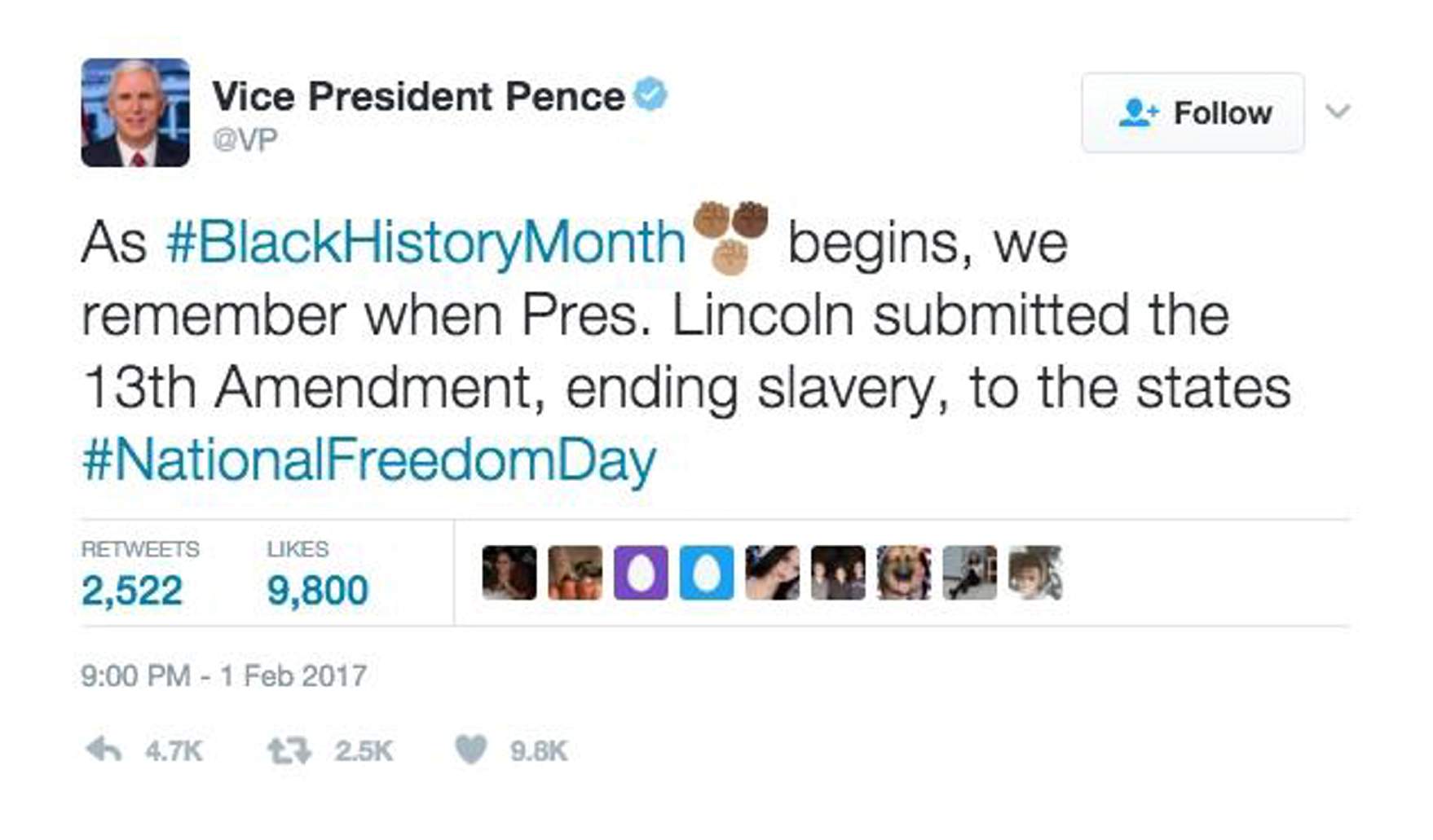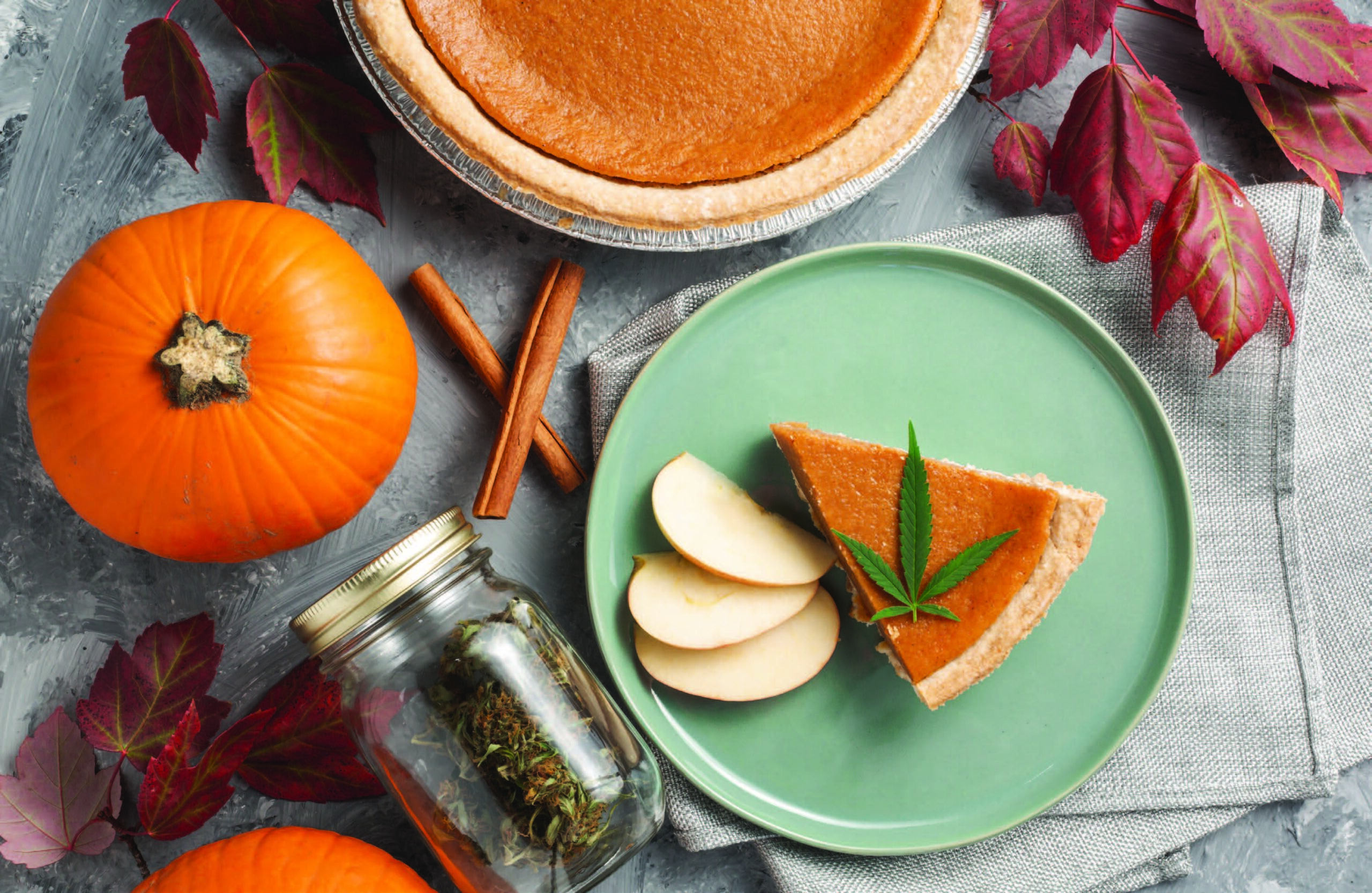One of the interesting things about beer is that since beer began to be packaged and moved around, we start seeing how important a brand can be. Starting in the mid 1800s with saloons and public houses that were dedicated to selling specific brands of beer, we see signage for these beer brands. As bottling technology, and later canning, caught up with beer production and transportation technologies, you start seeing branding on bottles and cans.
Early cans and bottles were all pretty similar: simple palettes of text dominated branding. Occasionally there was the throwback to medieval coats of arms. Maybe an eagle, a mountain, an old wooden ship or its captain, a stag, a waterfall, an Indian in a headdress. Beers either tied themselves to where they were made (Old Milwaukee, Olympia, Lone Star, Rainier), where they tie their roots (National Bohemian, Budweiser, Old German), or who owned the brewery (Coors, Busch, Schlitz, Pabst). Pretty straightforward stuff. Except maybe Falstaff, which had some truly bizarre labeling for the time: all black and white, the words “Beer” or “Light Beer” on the opposite side of their main logo, or even a memo encouraging the consumer to write their elected officials about buying American-made goods.
Craft beer has its own trajectory. Initially it mimicked the more classic labels and naming traditions: Sierra Nevada, Anchor Brewing, Boston Beer, Bell’s Brewing, Widmer Brothers. And they had very similar branding. Today’s brewers are doing things that are way beyond all of this, taking can and bottle labeling into the art world.
When I look at cans and bottles today, I still see a lot of throwback to the labeling of yesteryear, but beyond that I see a few prominent trends. The most annoying is probably the interchangeable label. It’s all the same, but with a slightly different color and with a small change in the copy. This is Upslope, Red Hook, Marble. It’s simple and clean and easy brand identity, but it’s also simple and easy.
Beyond this big trend of the interchangeable label is the one-color labels, like The Alchemist’s beers. Always black on silver, the art changes, but the brand’s identity is tied to that simple black on silver design. Oskar Blues does similar stuff, such as its Ten Fiddy and Pinner brands being one or two color with the sheen of polished aluminum shining through. This is a signature of Upslope as well.
A truly contemporary trend is the use of comic book style art and characters. Ska probably started this trend, but you can see it everywhere now: Odd 13 Brewing, Southern Prohibition, Three Floyds all use the characters to build a story for their breweries and tell a story to consumers. This extends to their other marketing and into their taprooms themselves.
Along the same lines is the use of a single prominent artist to create labels and art for the brewery. Flying Dog Brewery’s connection to Ralph Steadman is perhaps the best example of this. Steadman is best known for his illustrations of Hunter S. Thompson’s works and he’s been doing the art for Flying Dog’s labels since the start. When you see a Flying Dog bottle, it is unmistakably Flying Dog. Along the same lines is Colin Healey at Prairie Artisan Ales, which also stands out and is unmistakable on a shelf.
A contemporary trend that puts a modern spin on the older styles is the text-only cans. Austin Beerworks, Wild Heaven Beer, and Lord Hobo are prominent examples. My favorite of the bunch is Wild Heaven Beer’s Emergency Drinking Beer, which is a mix between a pilsner and a gose and is in a bright yellow can, with the words “Emergency Drinking Beer” in black. The black and yellow and pretty funny name really make it pop.
As the craft market gets more and more crowded, the variety and styles of label art is going to increase. There’s already some really wacky stuff on the shelf and it’s probably a good idea to keep your phone handy so you don’t judge a beer by its bottle.
Robert Alan Wendeborn is a former cellar operator at Ska Brewing and current lead cellar operator at Tin Roof Brewing in Baton Rouge, Louisiana.













